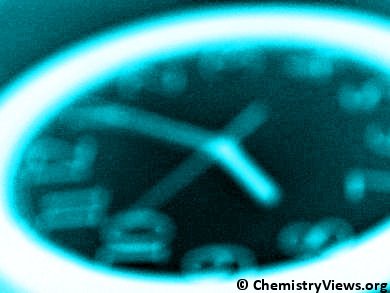B. J. Bloom, T. L. Nicholson, and colleagues, National Institute of Standards and Technology (NIST) and University of Colorado, Boulder, CO, USA, demonstrate an experimental strontium atomic clock which has the best known performance in stability and accuracy. The strontium lattice clock operates at optical frequencies, much higher than the microwave frequencies used in cesium clocks which are currently used to define the international definition of units of time. In the Sr clock a few thousand atoms of strontium are held in an optical lattice formed by an intense laser light. By systematically evaluating all known sources of uncertainty, including in situ monitoring of the blackbody radiation environment, the team improved the accuracy of optical lattice clocks by a factor of 22. The new clock would neither gain nor lose one second in about 5 billion years; the earth is approx. 4.5 billion years old. Its stability also allows getting reliable data within a few seconds.
Stability describes the extent to which each tick matches the duration of every other tick. Precision describes how closely the clock approaches the true resonant frequency at which its reference atoms oscillate between two electronic energy levels.
More stable and accurate atomic clocks will benefit a wide range of fields, such as the realization and distribution of SI units, the search for time variation of fundamental constants, clock-based geodesy, and other precision tests of the fundamental laws of nature.
- An optical lattice clock with accuracy and stability at the 10–18 level,
B. J. Bloom, T. L. Nicholson, J. R.Williams, S. L. Campbell, M. Bishof, X. Zhang, W. Zhang, S. L. Bromley, J. Ye,
Nature 2014.
DOI: 10.1038/nature12941




